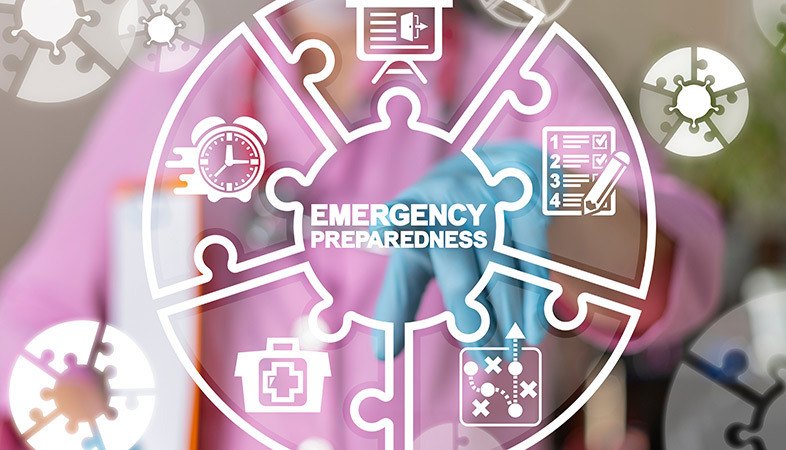What is an emergency?
An emergency is defined as any event which "threatens workers, customers, or the public; disrupts or shuts down operations; or causes physical or environmental damage".
An emergency poses an immediate risk of significant harm to health, life, property or the environment. Preparing for emergencies is an important part of any health and safety programme.
Common types of emergencies include
- fires or explosions
- medical emergencies
- severe weather
- earthquakes
- major power failures
- hazardous material spills
Why prepare for emergencies?
Preparing for emergencies are important because it:
- keeps employees, customers and responders free from harm
- allows for life-threatening situations to be properly managed
- minimises damage to business, environment, equipment and machinery
- minimises downtime
An emergency management programme should include the following elements:
- Prevention: policies and procedures to minimise the occurrence of emergencies
- Preparation: activities and procedures to make sure your business is ready to effectively respond
- Response: the action to be taken when an emergency occurs
- Recovery: practices to resume to normal business operations
What's in a written Emergency Response Plan?
The response plan should include:
- specific roles and responsibilities assigned to staff that need to be carried out during an emergency both within and outside your organisation to help deal with an incident
- rescue and medical duties for any workers designated to perrform them
- designating an assembly location and procedures to account for all employees after an evacuation
- evacuation plans are to comply with Chapter 19 of the UAE Fire and Life Safety Code 2018
Testing emergency procedures
The emergency evacuation procedures and plan must be documented and tested in the form of drills.
Emergency drills must be conducted every 6 months, in accordance with the UAE Fire & Life Safety Code 2018, additional considerations based on occupancy and risks involved must be assessed.
Drills will also allow an organisation to evaluate the effectiveness of the emergency action plans, crowd movement and time taken for different types of evacuations within a building and allowing for improvements to be implemented.
